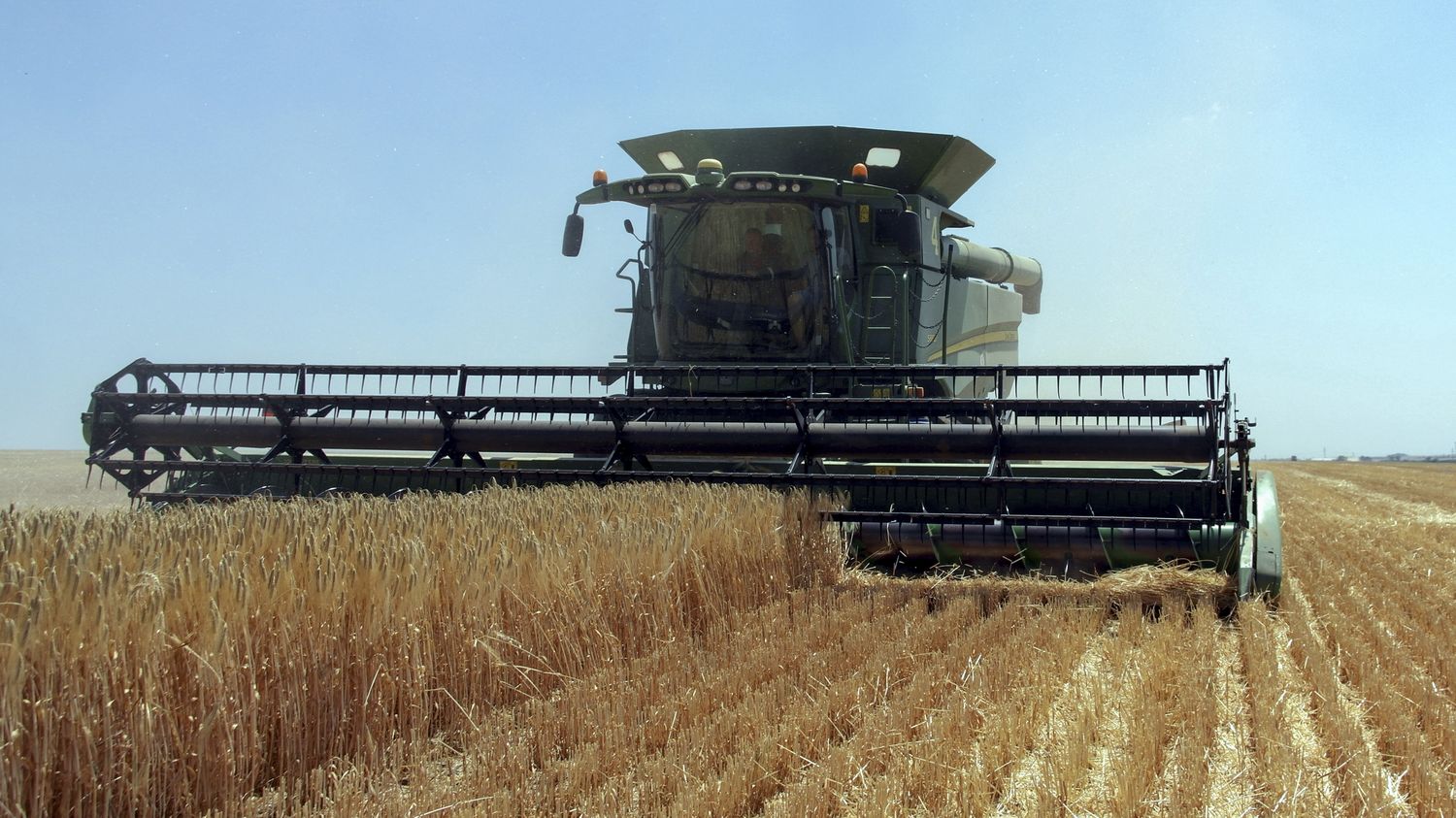While Moscow ended the grain agreement with Kiev on Monday, the impact “risks being greater on the corn market” than on that of wheat, said Thursday Philippe Chalmin, commodity specialist.
“Prices go up a bit” but “the markets had anticipated the end” of the quadripartite agreement which has guaranteed for a year the secure export of Ukrainian cereals via the Black Sea, which Russia did not want to extend on Monday July 17, analyzes Philippe Chalmin Thursday July 20 on franceinfo. This professor of economic history at Paris-Dauphine University, a specialist in raw materials and energy, says that the problem of corn in Ukraine is much more worrying for Western countries than that of wheat.
>> Agreement on the export of cereals: is Moscow’s withdrawal really a surprise?
franceinfo: Are prices already rising on European markets?
Philippe Chalmin: Yes, a little, but you have to realize that they had fallen sharply over the past year. Last year, the ton on the European market had risen to 430 euros. We had gone down to 220 euros in recent weeks. Yesterday, the markets closed around 250 euros. We stay twice less than at the peak for two reasons. The first is that the 2022-2023 campaign was excellent in the rest of the world, whether in Russia, Australia, Brazil… so the markets were rather well supplied. On the other hand, Ukraine, despite the war, has nevertheless maintained more exports not only through the cereal corridor, but through Europe and also through the small strip of land which, passing under Moldova, allows Ukraine to have access to the Danube.
Russian wheat is not subject to sanctions?
Food products are not subject to sanctions. On the other hand, the Russians are complaining about the difficulties they are being given a bit, in terms of financing these exports, since Russian banks are excluded from the SWIFT international payment system. Despite everything, there are Chinese or Indian banks that are less careful. And last year, where Ukraine exported 15 to 16 million tonnes of wheat, Russia exported 42. To give you an idea, world wheat exports are just under 200 million tonnes.
Despite the end of this agreement on Ukrainian wheat, the price has increased in the markets, but not much. Does this mean that the markets had anticipated the end of this agreement?
The markets had already anticipated this and they also still have relatively large availabilities. The Ukrainian problem is less that of wheat than that of corn. To give you an order of magnitude for this 2022-2023 campaign which ended on July 1, Ukraine exported just under 50 million tonnes of cereals. And of those 50 million tons of grain, there were only 17 million tons of wheat. The rest was corn, barley… Ultimately, the impact of the end of the grain corridor could be greater on the corn market. And at that point, the buyers of maize were no longer the poor countries, they were countries that imported maize for their animal feed, such as China.
>> War in Ukraine: wheat, corn, metals… How the conflict is affecting the world’s supply of raw materials
Does that mean that the price of meat may increase in France in the coming months?
No, let’s not exaggerate anyway. On the other hand, the price of animal feed could be a little tighter, especially since there are tensions on the soil market. But everyone focused perhaps under the influence of the United Nations who screamed at the world food crisis. Ukraine was not the aggravating factor of a global food crisis, a food crisis that is much more linked in many countries to poor governance, civil wars and climatic phenomena such as El Niño.
